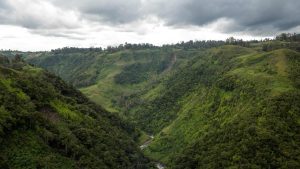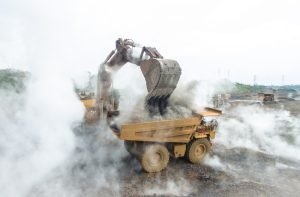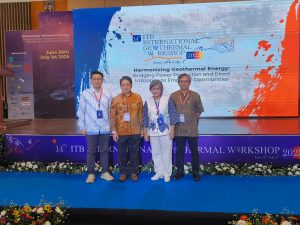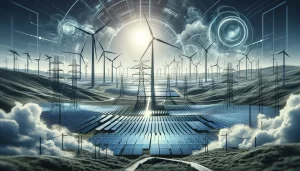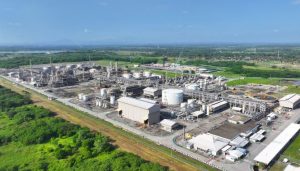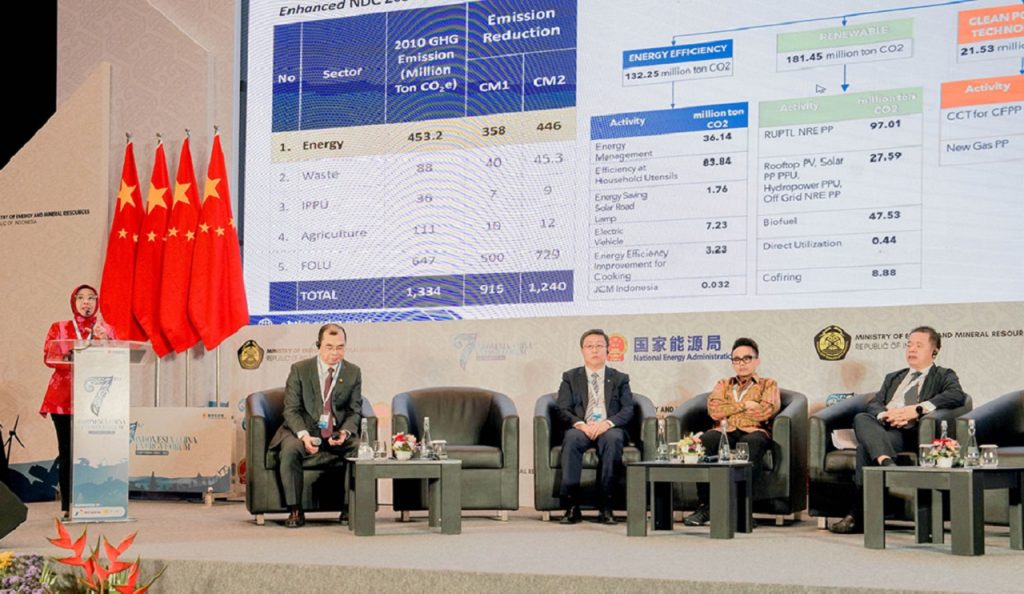
Jakarta – Indonesia needs an investment of USD14.2 billion to achieve its renewable energy development target by 2025, according to officials from the Ministry of Energy and Mineral Resources (MEMR). The investment aims to increase renewable-based electricity capacity to 8.2 gigawatts (GW) and simultaneously accelerate the achievement of the net-zero emissions (NZE) target by 2060.
MEMR Director General of New Renewable Energy and Energy Conservation (EBTKE), Eniya Listiani Dewi, in her speech at The 7th Indonesia-China Energy Forum in Bali released on Wednesday, September 4, said that Indonesia “needs an investment of up to USD14.2 billion to increase renewable energy capacity to 8.2 GW. Thus, the renewable energy mix in Indonesia could rise from 13% to 21% by next year”.
Eniya explained that although the target is very ambitious, developing renewable energy in Indonesia with adequate financial support is not impossible. According to her, renewable energy resources in Indonesia are abundant and have the potential to be developed.
“Indonesia has enormous renewable energy resources, ranging from solar power with a potential of 3,294 GW, wind 155 GW, water 95 GW, ocean currents 63 GW, bioenergy 57 GW, to geothermal 23 GW,” Eniya said.
Eniya said that Indonesia has started offering its development to investors, especially for geothermal, which is considered one of the most potential energy sources for achieving NZE.
“Of the geothermal potential of 23.6 GW, only 2.6 GW or around 11% has been utilised. This shows that there is still a big opportunity for geothermal energy development in Indonesia,” she said.
Eniya also added that the government plans to open five new geothermal working areas for Preliminary Survey and Exploration (PSPE) by 2025. These locations include Gunung Lawu, with a potential of 195 MW, Sipoholon Ria-Ria, 35 MW, Cubadak-Panti, 30 MW, and two tender working areas in Telaga Ranu, 85 MW, and Wapsalit, 46 MW.
“We hope these areas can attract investors so that geothermal energy development in Indonesia can be realised faster,” Eniya said.
With renewable energy potential spread across Indonesia, the government is optimistic that the NZE 2060 target can be achieved, provided there is a strong commitment from all stakeholders, both at the national and international levels. (Hartatik)


